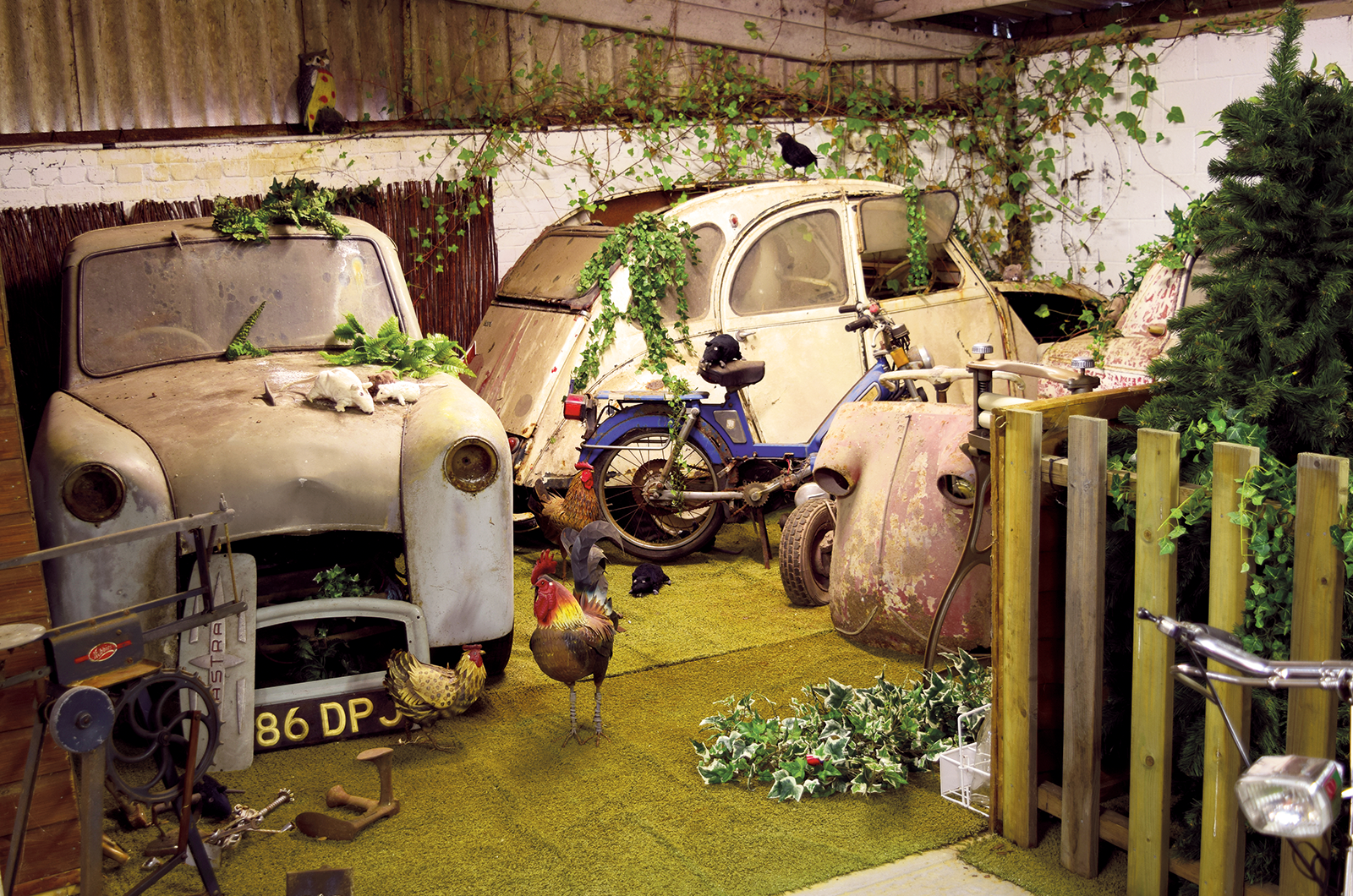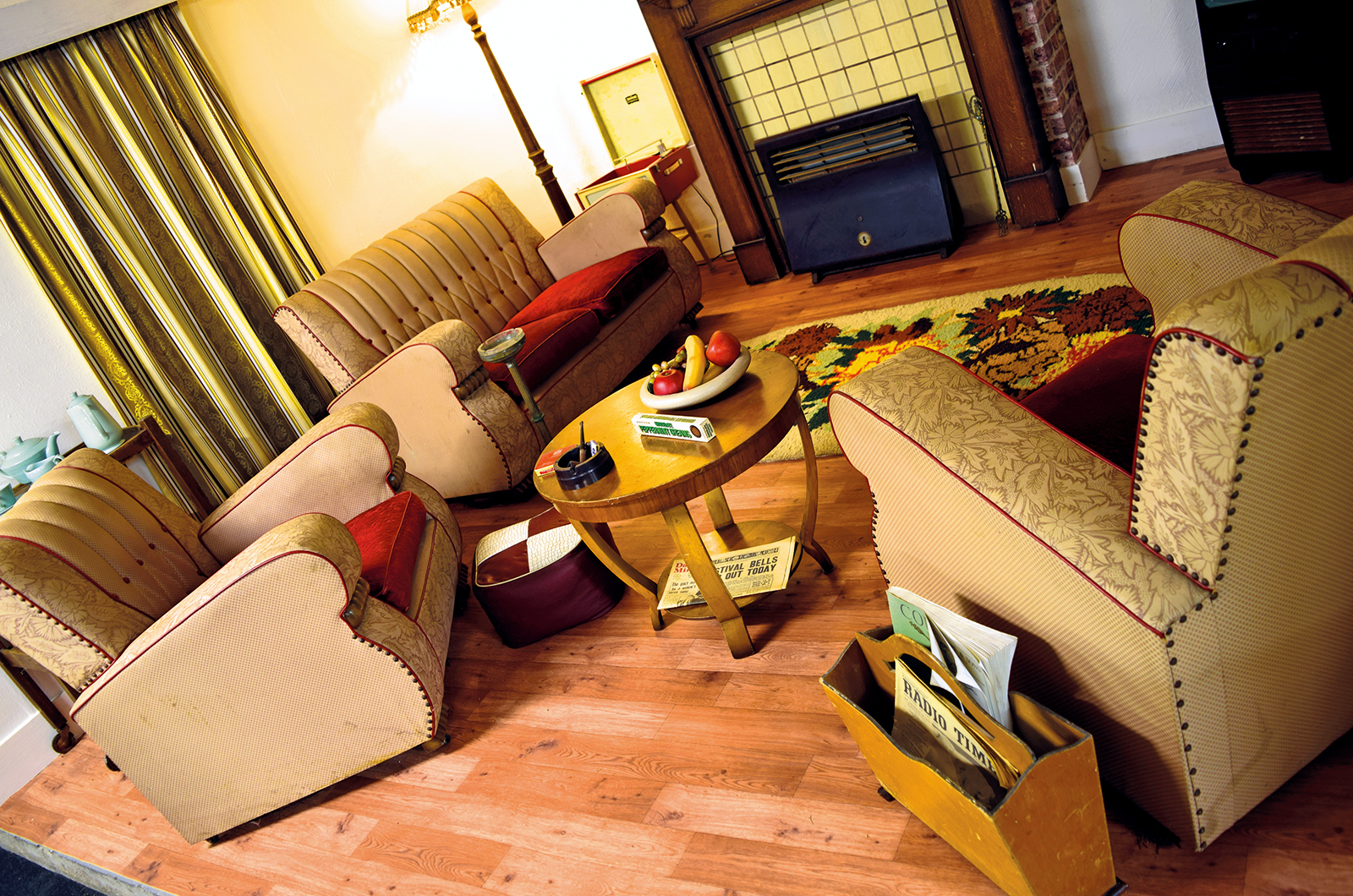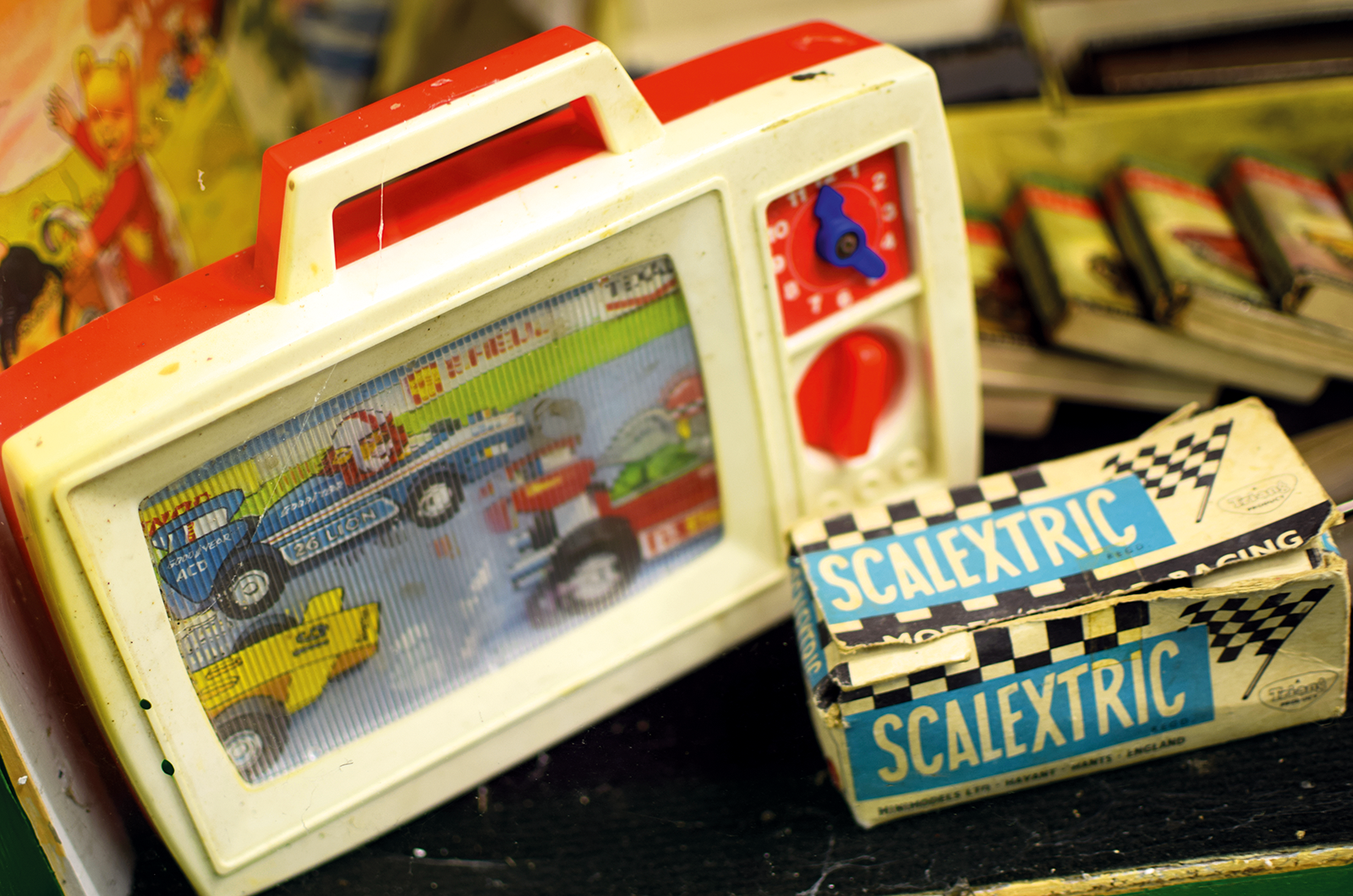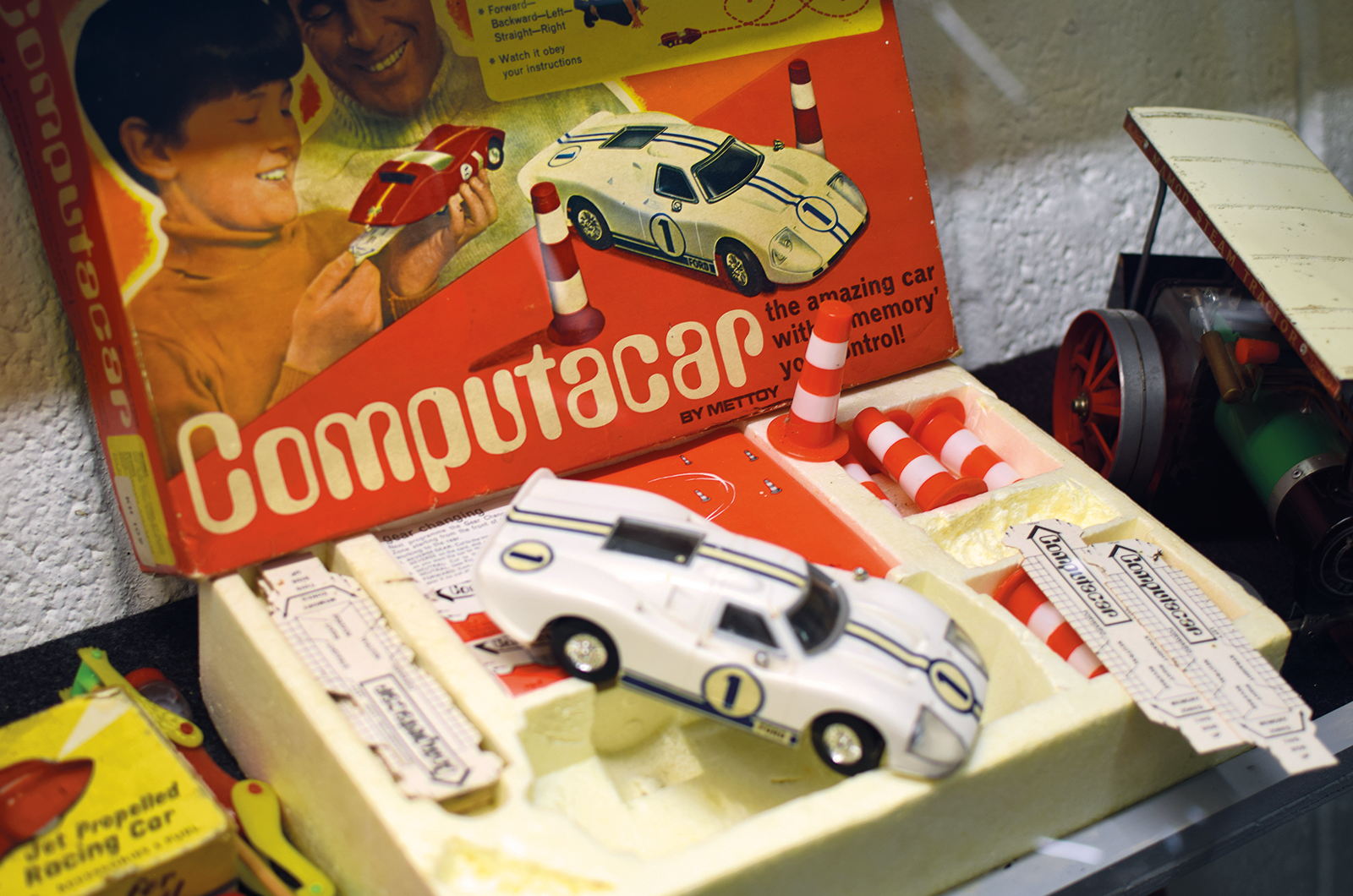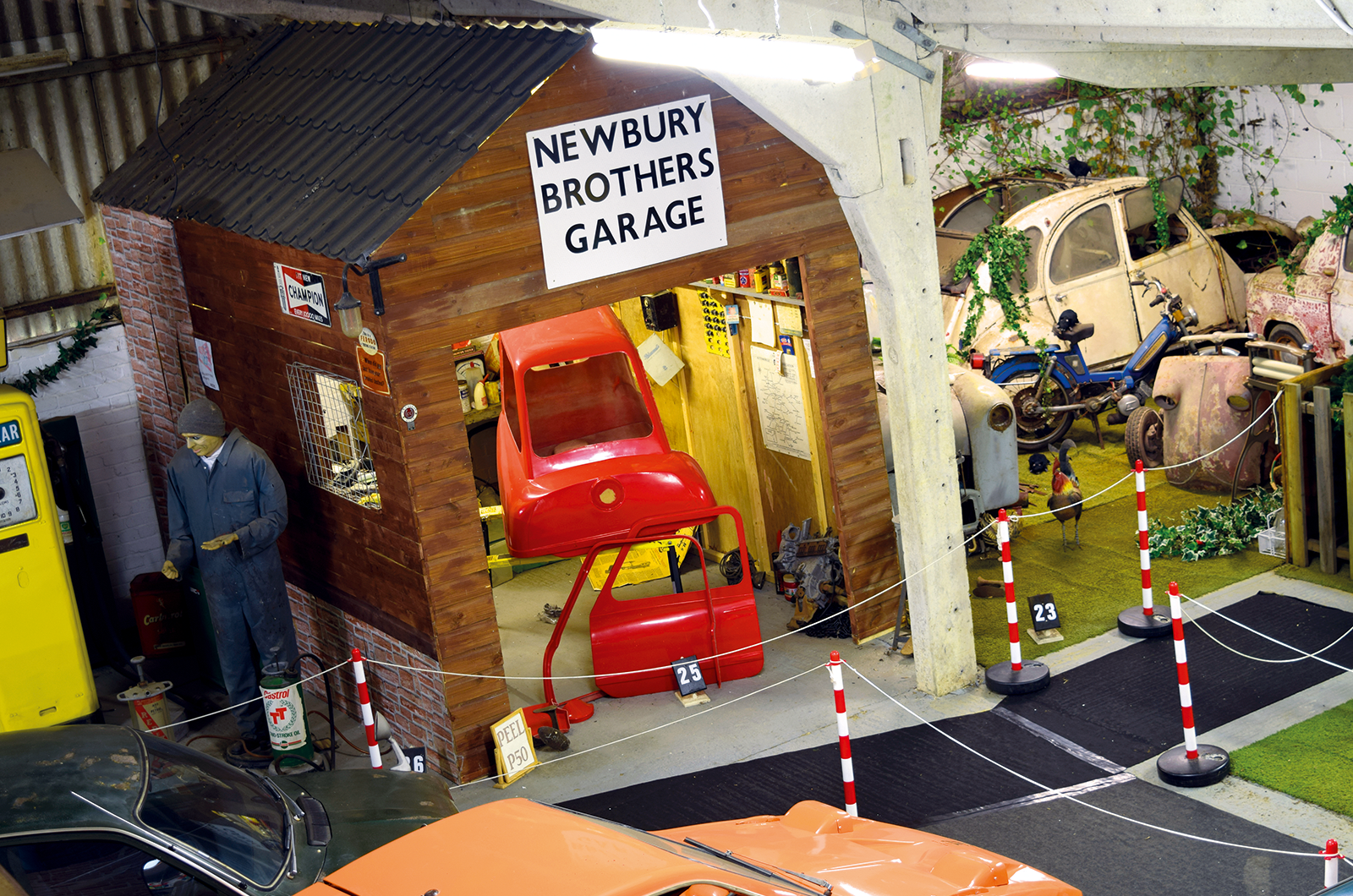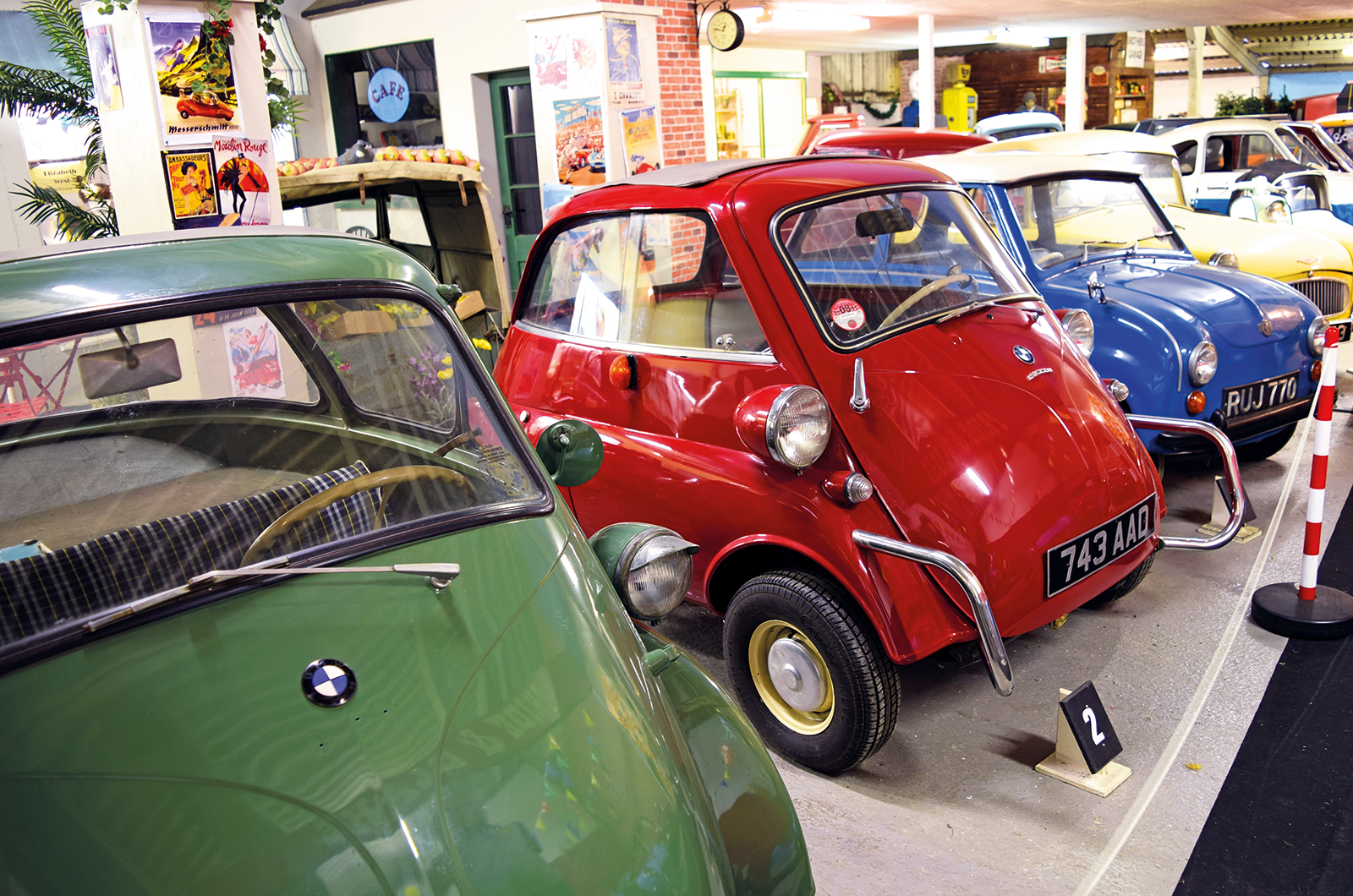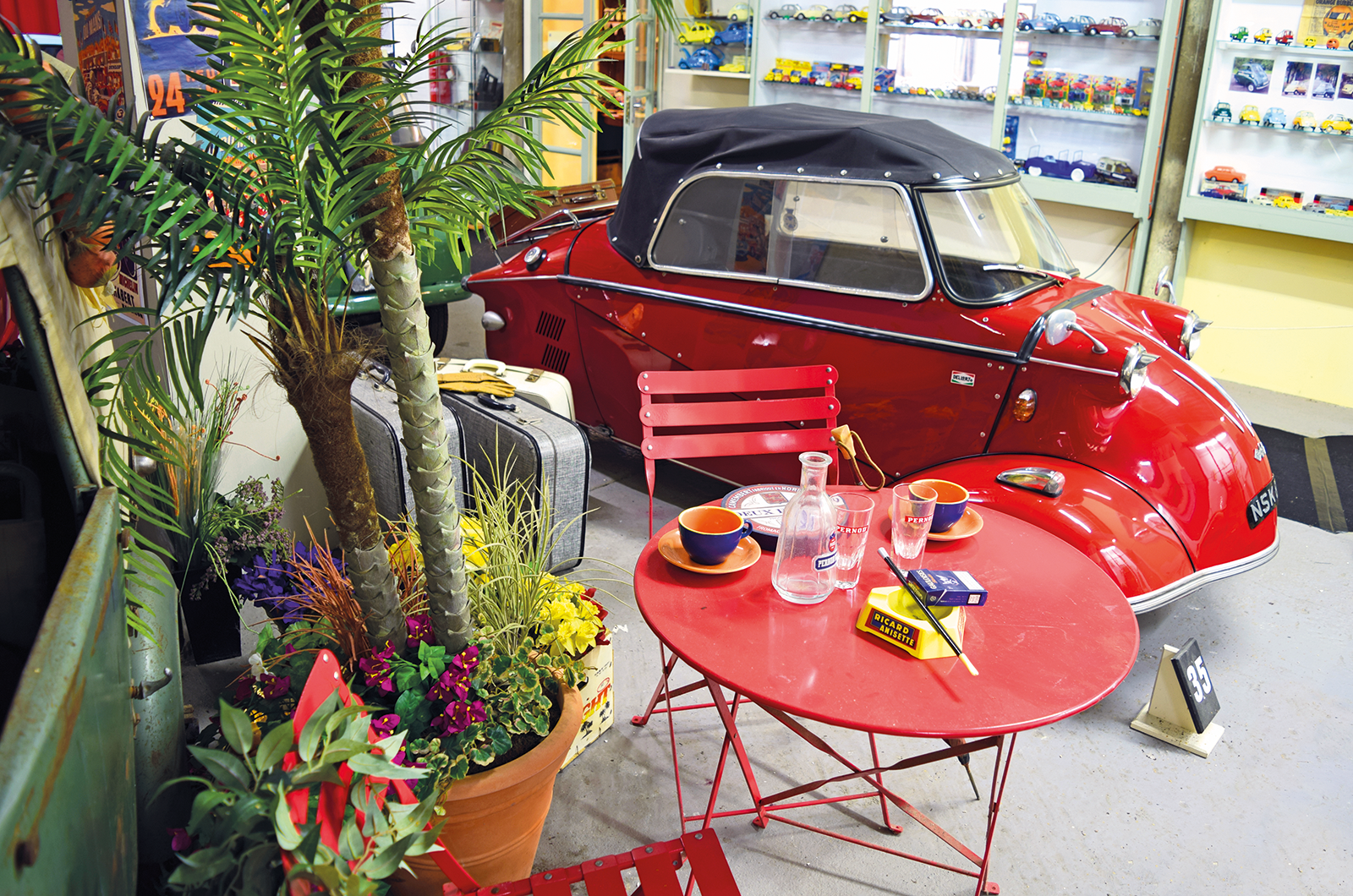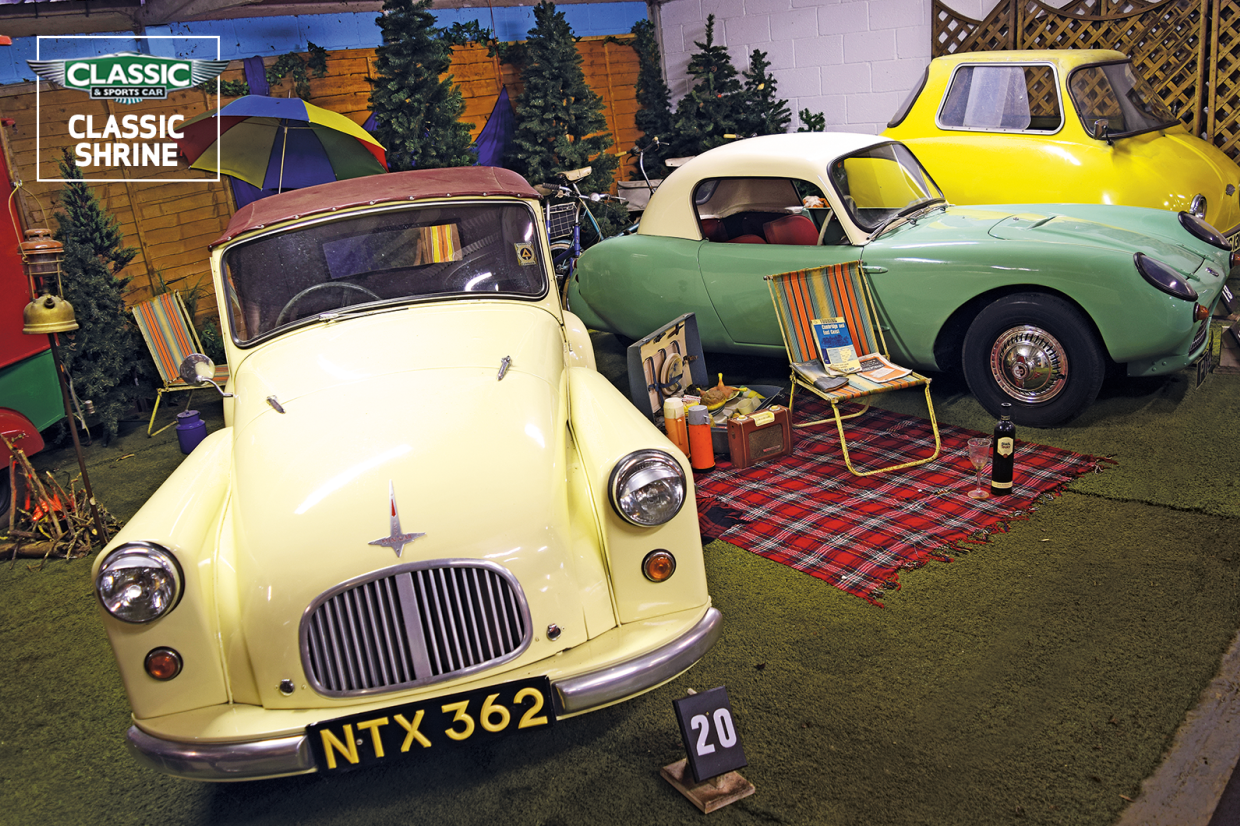
There is a certain amount of inherent Britishness to the wonderfully odd National Bubble and Microcar Museum.
Founded in 2004, this celebration of the uniqueness of the microcar movement relocated to its current location, buried deep in the wilds of Lincolnshire, a decade ago.
However, in an interesting piece of etymology, there’s no such thing as a ‘bubble car’: it’ sjust an affectionate, generic name for all the fun little three- and four-wheeled cars that came putt-putting their way out of garages and factories all over Europe in the 1950s.

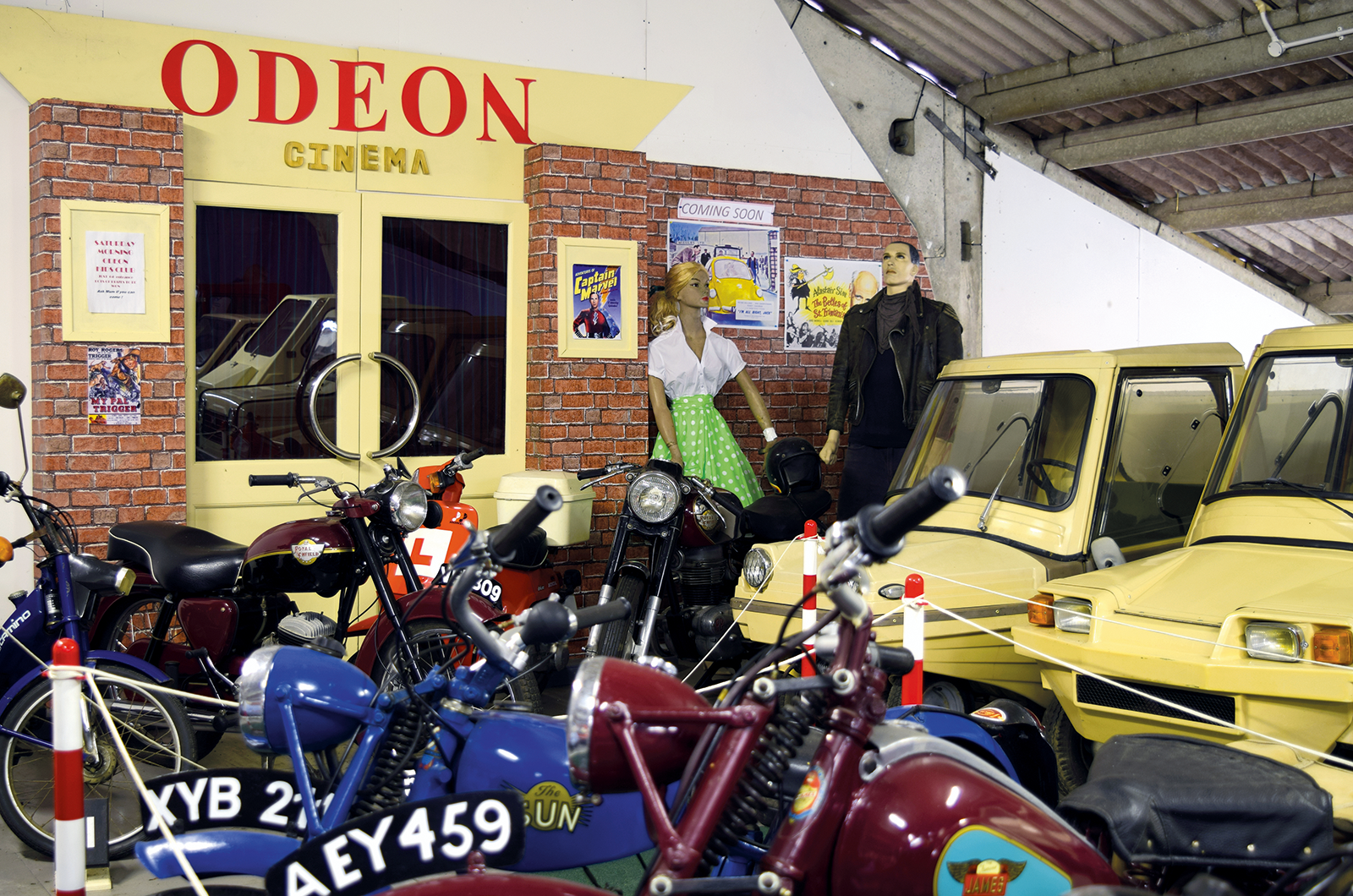
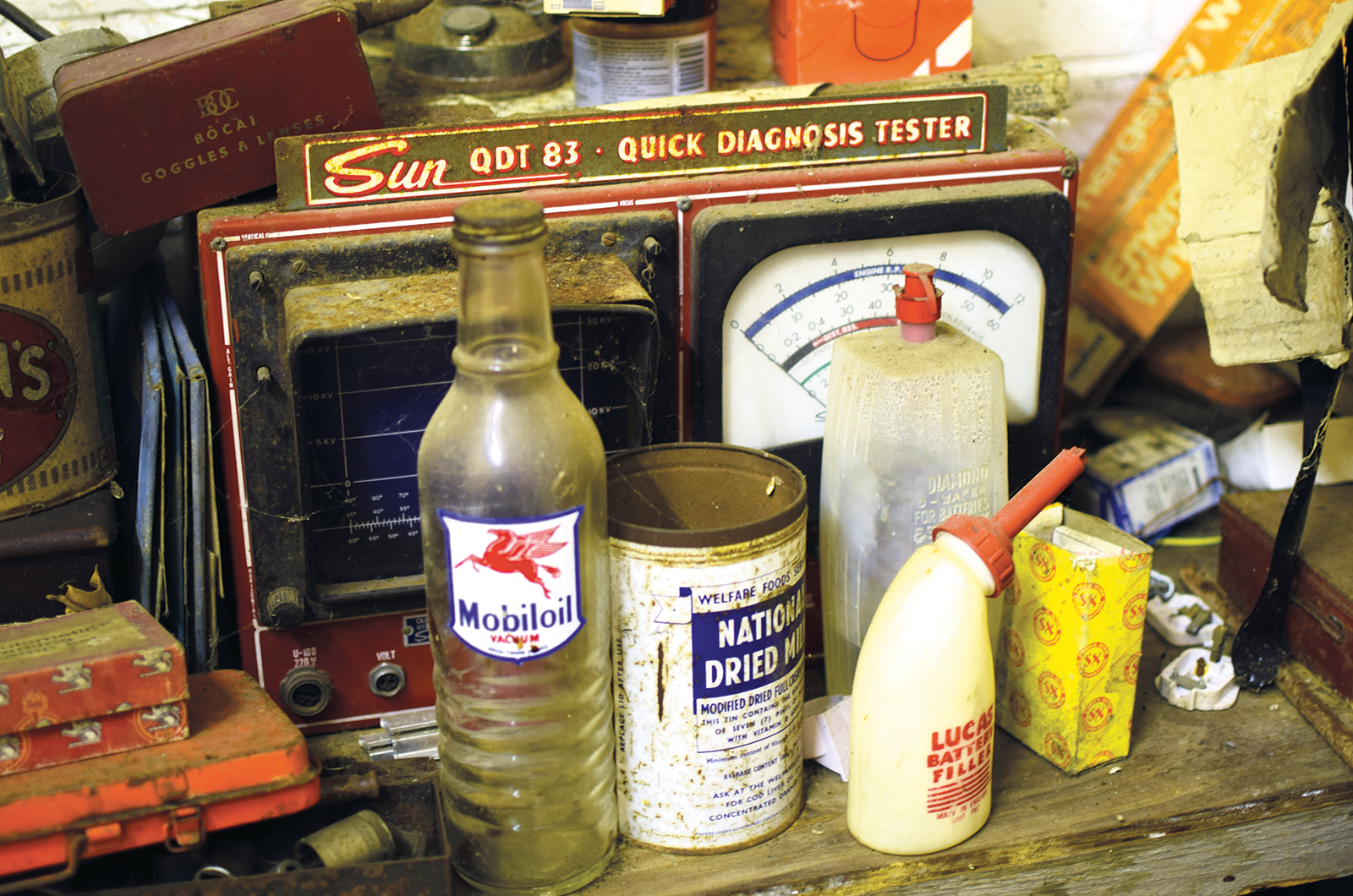
Clockwise from top: Bamby came with a single seat and 50cc moped engine; period ‘garagenalia’ is a great addition; British ’bikes mingle with French and Italian microcars

